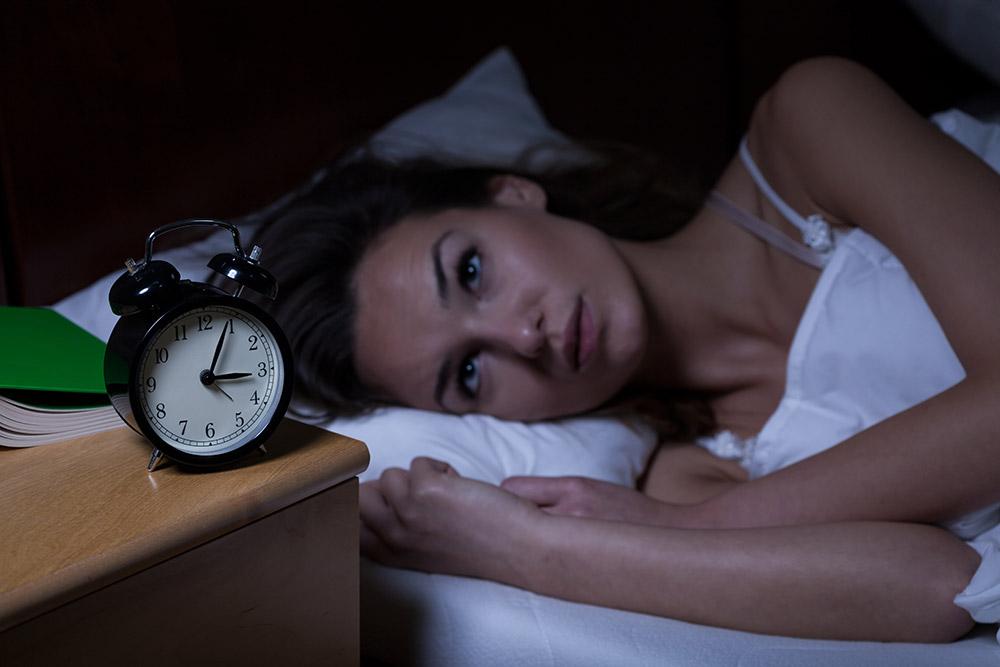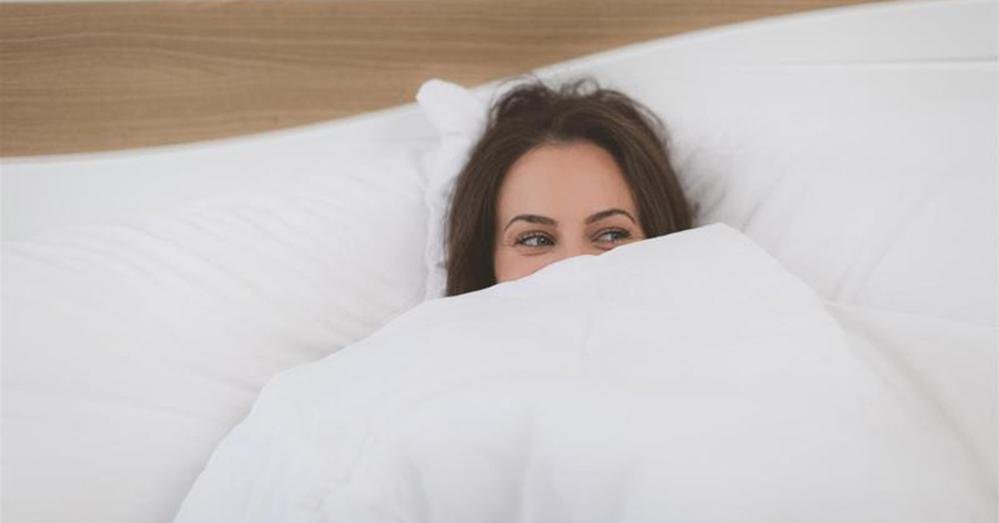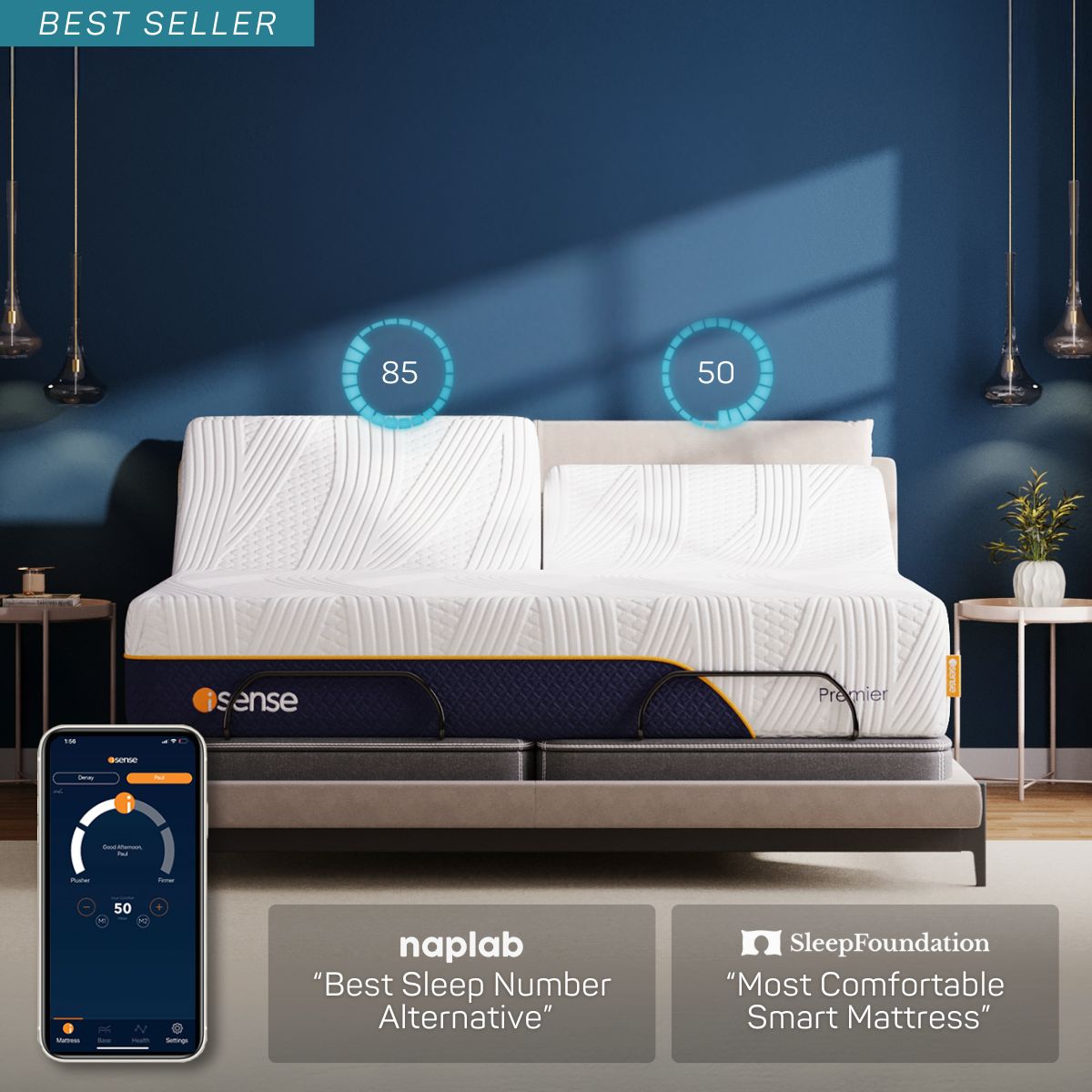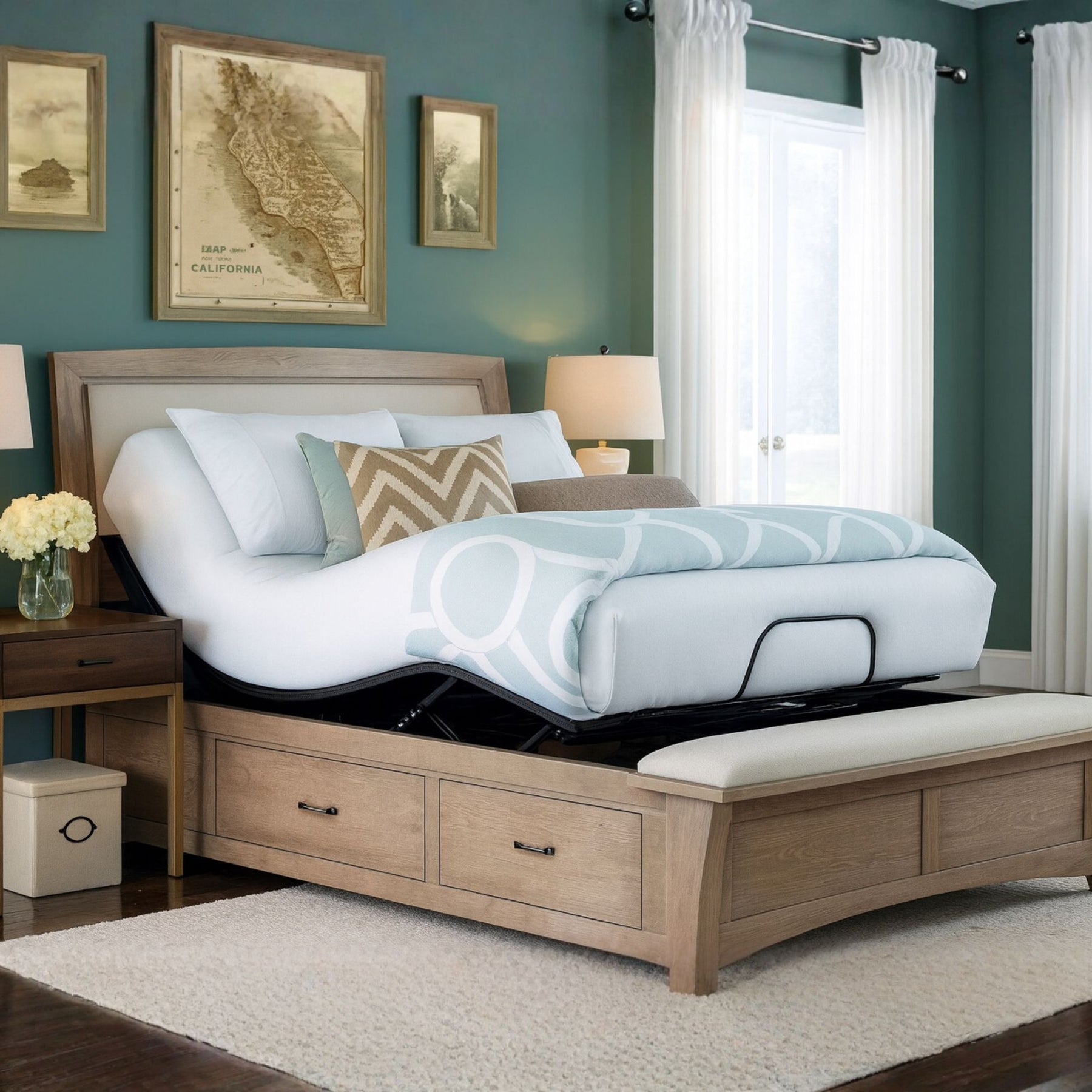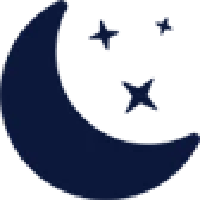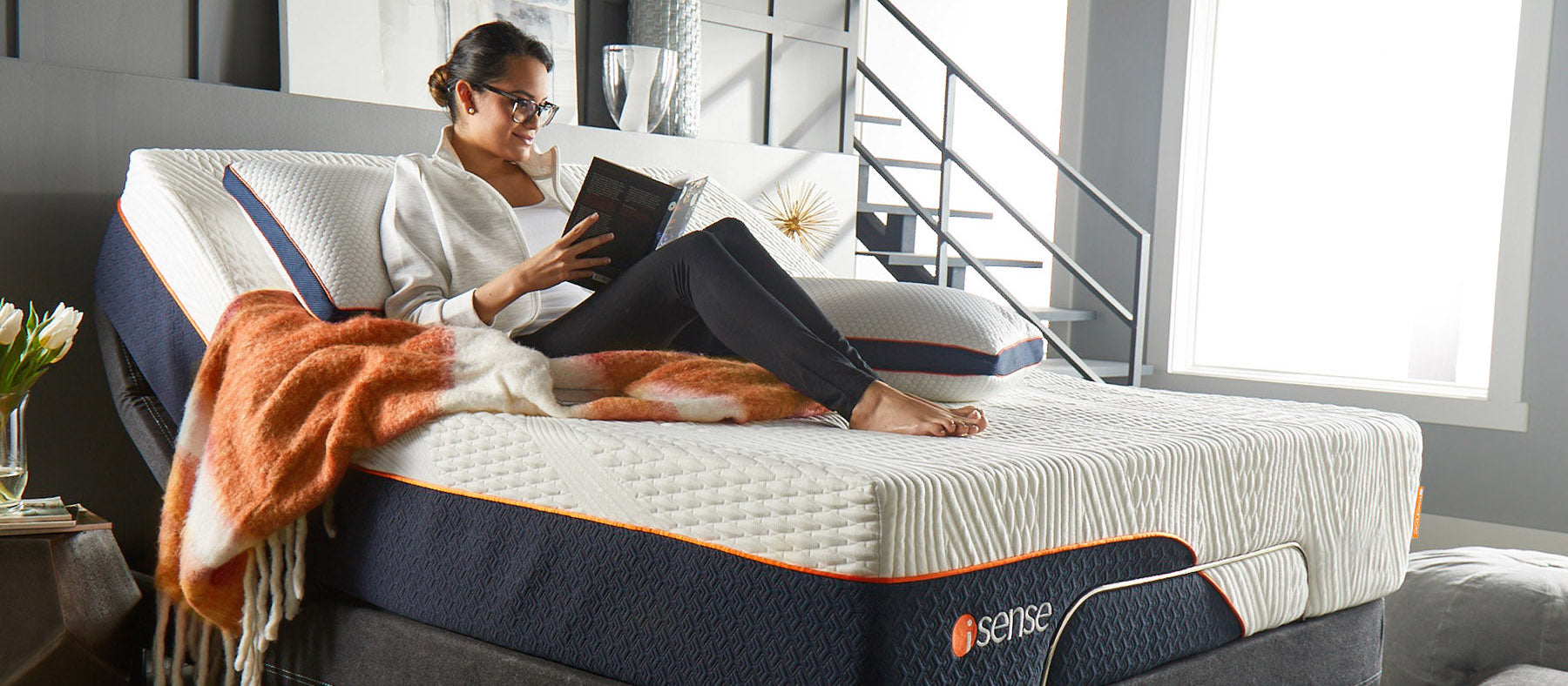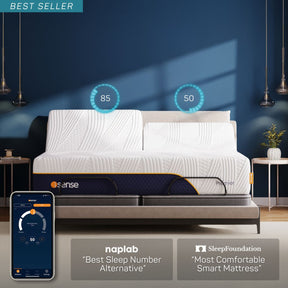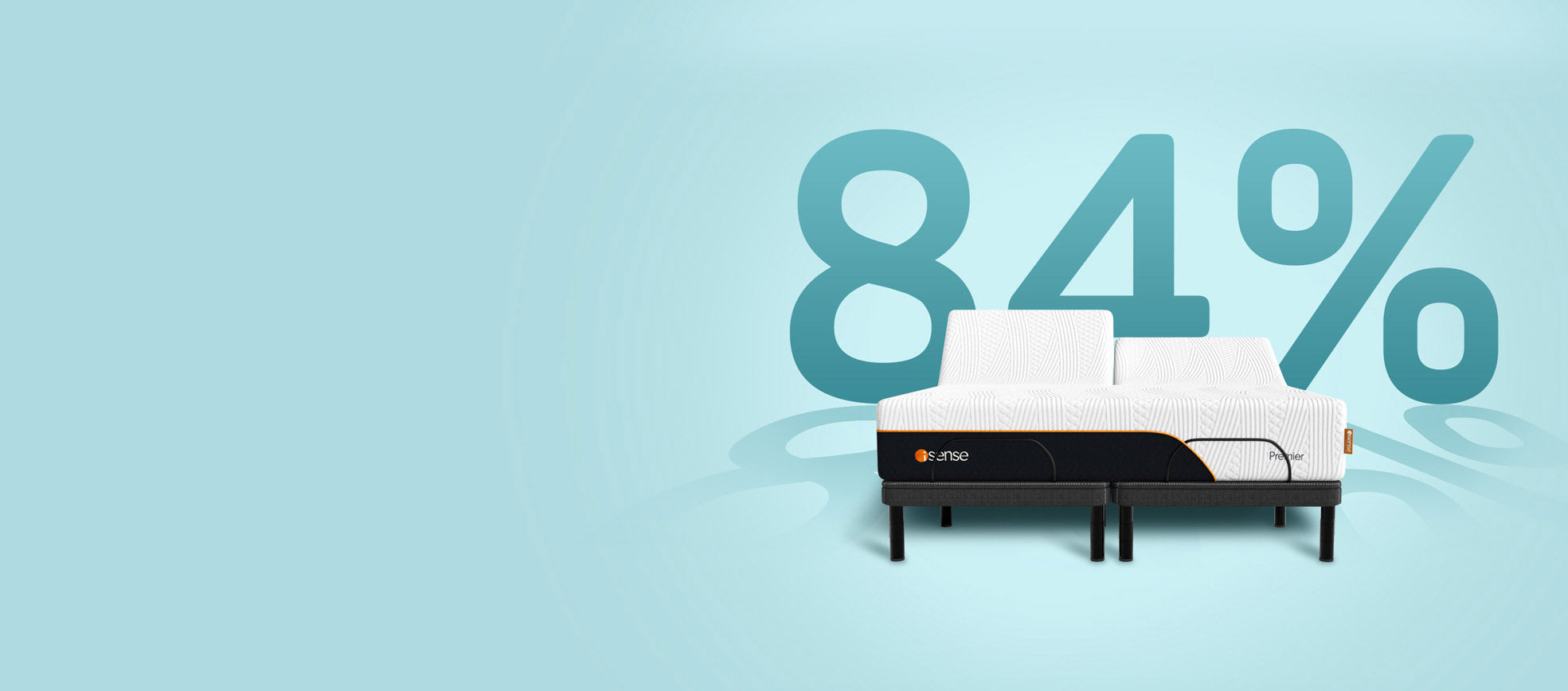If you’ve done much research on how to sleep better, it probably didn’t take long to realize that a lot of the advice being offered up is the same information, repurposed for a new brand or expert. Over and over, the same content appears with a slightly different face on it, all telling you to cut caffeine, limit alcohol, and for heaven’s sake, put the phone away at night.
I don’t mean to knock those basic sleep hygiene tips; there’s certainly a place for them and we share them on our own social feeds. But over the past few months, there have been a handful of times when I stumbled across a tip that blew my mind with its simple brilliance. Here are the top three:
We need sunlight to sleep...
... and the type of sunlight we get matters.
Our bodies were designed to be in sunlight during the day and in the dark at night. Even though technology has changed and many of us see very little sun during the day and are bathed in light at night, our bodies haven't evolved along with it.

The internet is abuzz with the dangers of blue light from electronics before bedtime, but I don’t see as many discussing our need for sunshine during the day to do all kinds of things like set our circadian rhythm, produce Vitamin D, and manage the hormone cycles that are critical for sleep.
Our sleep benefits most from exercise first thing in the morning, so I’ve set myself a goal of taking a short walk before work each day. My schedule’s already pretty hectic, so I can’t do more than 15 minutes, but I’m curious to see how it impacts my energy throughout the day and sleep quality at night.
Most of us have probably heard that UV rays are bad, but it’s really UVA rays that get us.

UVB rays are the good ones, the ones that help our bodies produce Vitamin D (which is necessary for healthy sleep, among other things). The problem? UVB rays aren’t as long as UVA rays, so they best penetrate the earth’s atmosphere at certain times of day, usually close to noon. Some say the best guide is to look at your shadow—it should be shorter than you are tall.
Because of the inability of UVB rays to penetrate through things like the atmosphere or glass, getting your sunlight only through a window isn’t as healthy. It helps with your circadian rhythm, but not so much with Vitamin D and exposes you to harmful UVA rays in the process. When possible, take a walk midday or eat your lunch outside to soak up the right kind of rays.
When you sleep matters...
... a lot.
The role our hormones play in overall health and sleep quality is huge. Not only does our brain clean house during sleep, but that’s also when our hormones are replenished—hormones we need to look and feel young, lose weight, and even fight cancer. Turns out, we get the most beneficial hormone secretions between 10 pm and 2 am.

If we line our sleep up our natural hormone secretions, the benefits we get from sleep are exponentially better.
A person who sleeps from 1 am – 9 am might get 8 hours, but they’re missing out on the majority of that sleep prime time, so they’ll see fewer benefits of regenerative sleep. This could be part of the reason why the International Agency for Research on Cancer classifies overnight shift work as a Group 2A carcinogen. (So, it’s as dangerous as UVA radiation or lead exposure.)
The sleep community talks a lot about the work our bodies do to repair themselves while we sleep. So it stands to reason that we undergo an uptick in internal metabolic energy around 10 pm each night, when our bodies expect to be sleeping, busily repairing the damage from the day. If you’re not asleep before this phase begins, that increase in energy is responsible for the second wind many of us experience. You know those times you’re tired until it’s time to go to bed, and then you’re suddenly bright-eyed and bushy-tailed? Chances are you stayed up long enough to encroach on your body’s natural increase in metabolic energy. If you allow yourself to stay up and move into that second wind, you’ll find it harder to fall asleep when you want to—and you’ll reap fewer benefits from your sleep.

Getting 8 hours of sleep...
... will probably leave you feeling groggy in the morning.
I can’t decide if learning this one blew my mind or made me feel sheepish that I hadn’t done the math yet. Sleep cycles typically last 90 minutes. Waking up in the middle of a sleep cycle can make you feel groggy or out of sorts.
If you’re the kind of person who, like me, hates to nap because it makes you feel worse, it’s probably because you’re not taking the right kind of naps. Turns out it’s best to nap for less than 20 minutes so you don’t get too far into the sleep cycle or go all in for 90 minutes so you complete a full cycle.
It’s best to sleep for either 7.5 hours or go for 9 so you get 5 or 6 full cycles in each night. At a minimum, get 4 sleep cycles (or 6 hours). The average person takes 14 minutes to fall asleep, so look at when you need to get up, count backwards by 7.5 hours, and pad your number with about 15 or 20 minutes to factor in the time it will take you to fall asleep and you’ll find yourself waking more refreshed. My alarm is set to go off at 6:30. That means I should go to bed by 9:15 or stay up until 10:45.
I’ve noticed I’m usually sleepier at 9:15 than I am at 10:45, though life rarely lets me crash that early. I’ve found that the nights I adhere to this schedule, I wake up a few minutes before my alarm goes off. That’s when I know I’m on to something because I used to be a chronic snoozer. (Which is bad, by the way.)
When I started this job, I began a journey. Not just as a marketer, learning the ins and outs of an industry (and becoming a total mattress geek in the process), but as a human, learning how to sleep.

In my first post for iSense Sleep, I talked about being a Reformed Insomniac because our adjustable pillow had made such an amazing difference in my sleep. At the time, my boss questioned the strength of the statement; he wanted to be sure I wasn’t misleading in my enthusiasm for my fantastic new pillow. I stand by it in that having a comfortable, adjustable sleep surface that provides your body the support it needs is absolutely the foundation for getting a good night’s sleep.
For those of us with bigger sleep issues than an aching back or neck, dialing in to our comfort needs is step one. Adhering to basic sleep hygiene best practices is step two. And if that doesn’t fix it, there are a myriad of other things that could be impacting your slumber. Step three is sorting through those.
We’ll be talking a lot more about sleep education starting in May, so wherever you are on your own sleep journey, know that we’re here to help you sleep better.
It’s what we do.



